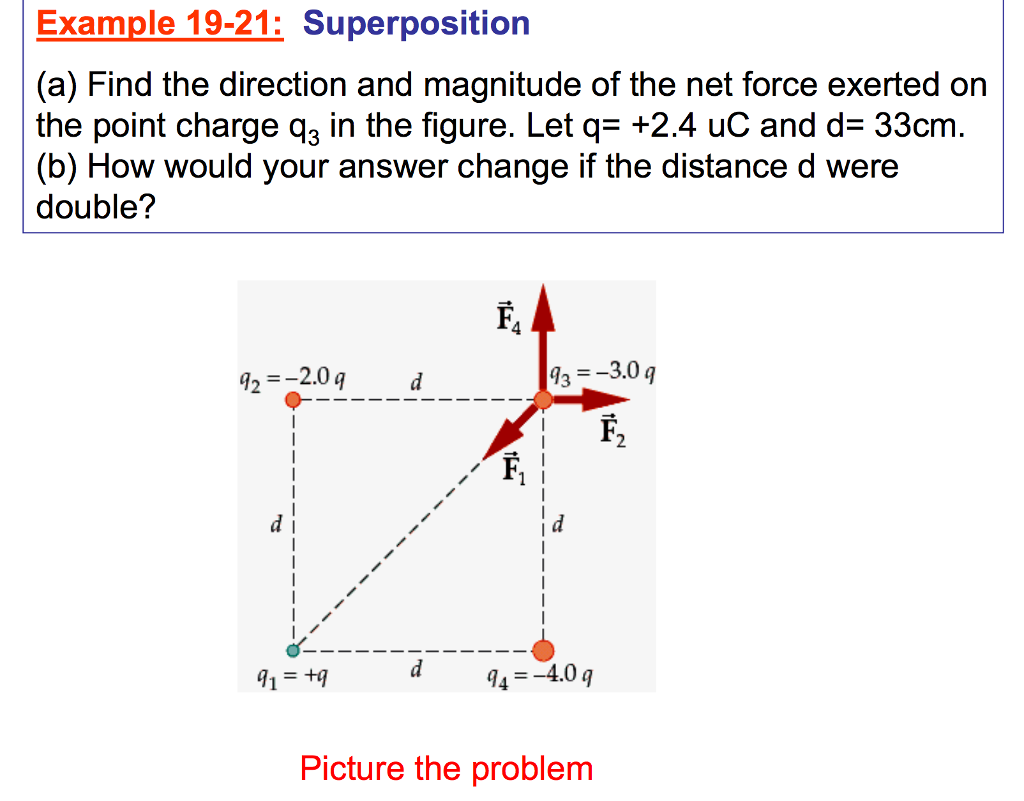

The magnitude of the tension increases to compensate for this.

(b) As shown in Figure 9.8, removing water from the beaker causes the block to displace less fluid, so the magnitude of the buoyant force decreases. a) Calculate the magnitude of the resultant force on the indicated area (triangle) 5 marks. Evaluating the left-hand side with the aid of the free-body diagram gives. (a) Calculate the magnetic force exerted by the bot- tom loop on the top loop. Let us calculate the pressure exerted on the bottom by the weight of the fluid.62. I can write pressure at the bottom of the tank here. The bottom loop carries a counterclockwise current of I 5 140 A. Calculating magnitudes for forces is a vital measurement of physics. Three masses on a straight line (iii) Which of the following changes would cause the magnitude of the force. The magnitude of the force is defined as the sum of all the forces acting on an object.

will cause the satellite to move away from the (circular) orbit. If you want to find the net force when you know acceleration and mass. In this case, the force would be the weight the liquid exerts on the bottom of the tank due to gravity. Its bottom supports the weight of the fluid in it. r, the acceleration of the satellite must equal. You can calculate the hydrostatic pressure of the liquid in a tank as the force per area for the area of the bottom of the tank as given by pressure force/area units. The difference is that water is much denser than air, about 775 times as dense.Ĭonsider the container in Figure 1. You may notice an air pressure change on an elevator ride that transports you many stories, but you need only dive a meter or so below the surface of a pool to feel a pressure increase. In this case, the pressure being exerted upon you is a result of both the weight of water above you and that of the atmosphere above you. Under water, the pressure exerted on you increases with increasing depth. This pressure is reduced as you climb up in altitude and the weight of air above you decreases. At the Earth’s surface, the air pressure exerted on you is a result of the weight of air above you. If your ears have ever popped on a plane flight or ached during a deep dive in a swimming pool, you have experienced the effect of depth on pressure in a fluid.

and bottom of the tank, passing through a well in the floating roof.


 0 kommentar(er)
0 kommentar(er)
